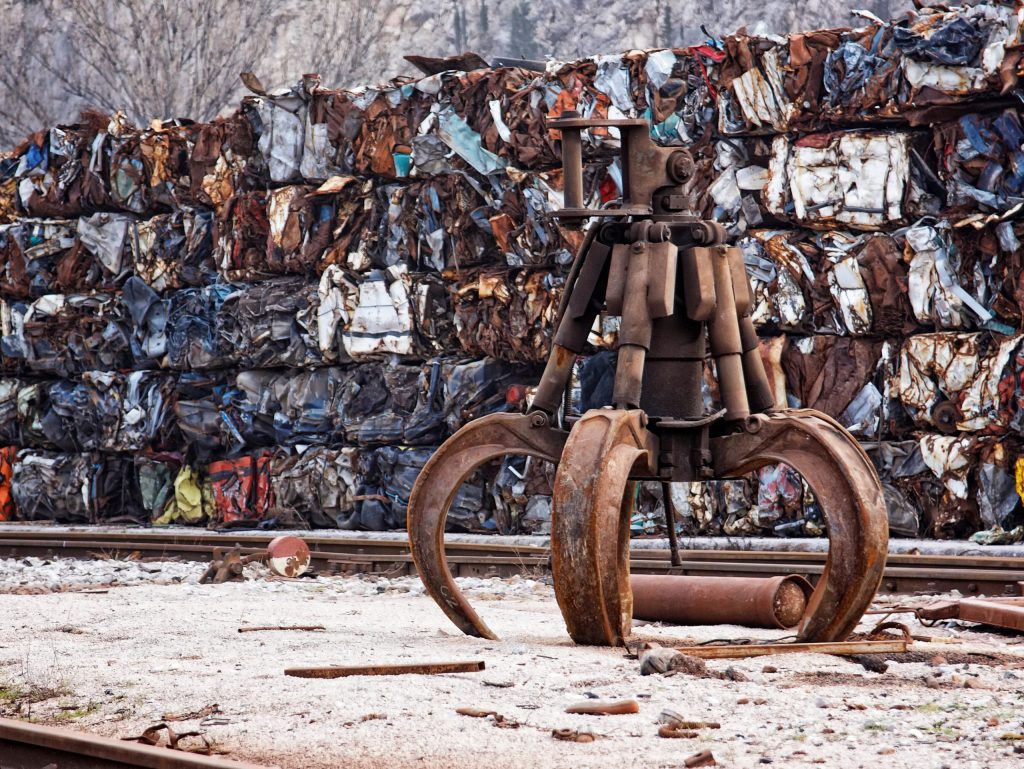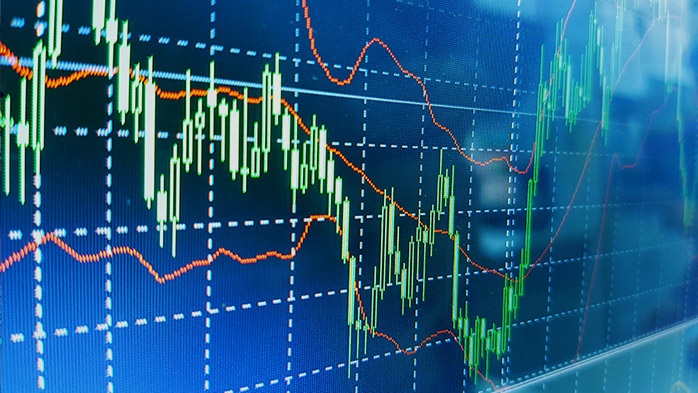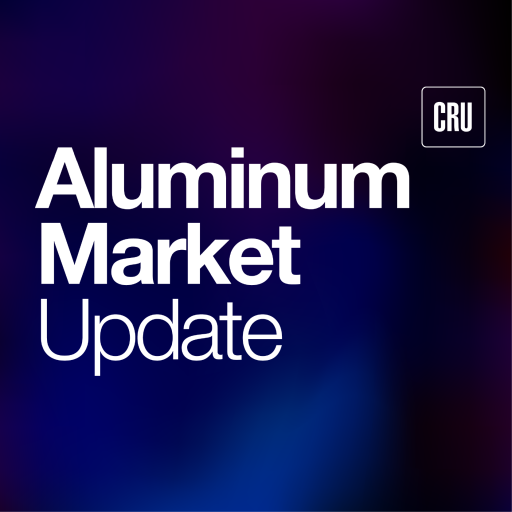Aluminum Scrap Markets

August 12, 2025
Recycled metal export bans: Different rationales in different markets
Written by Greg Wittbecker
The clamor to ban exports of some or all grades of aluminum scrap is growing. The rationale varies by region, with justifications skewed by local market fundamentals.
Europe has unique circumstances favoring a scrap export ban
Europeans have been discussing scrap bans for some time. The logic behind such bans in Europe more compelling than in the United States.
The EU is a major deficit region for aluminum and lives on imports. However, the cost of those imports is about to get more expensive.
The EU is on the cusp of implementing its Carbon Border Adjustment Mechanism (CBAM), effective Jan. 1. On this date, imports of primary aluminum will be subject to a tax on the embedded carbon intensity of the product relative to the EU 27 standard of 2.36mt/CO2e as of 2025. This means that an importer sourcing material from a Middle East smelter, for example, with a carbon intensity of 8 tons, would have to pay a tax on 5.64 tons times the prevailing price for carbon allowances in the EU.
As of Aug. 3, those allowances were €71 per ton, or $82 per ton. That means a hefty tax of $462.48 per ton for imported primary metal.
All this means that low-carbon metal in the EU is going to be extremely valuable, and scrap falls into this category.
The proponents of an export scrap ban in EU argue it is totally insane for the EU to allow low-carbon metal in the form of scrap to be freely exported while taxing high-carbon primary imports. All this does is raise costs for the European downstream sector.
This “reverse carbon leakage” is compounded by the current, highly unusual situation where European scrap is being exported to the U.S. in ever increasing volumes. That flow is a function of the high U.S. Midwest Premium, which is now around 72¢ per pound, acting as a huge suction for “cheaper” aluminum supply.
The combination of CBAM and these unusual exports to the U.S. makes a compelling argument for the EU27 to embargo exports. Naturally, European scrap processors will oppose this. They are free traders and always want the optimal degree of commercial flexibility to sell to the highest-priced market when and where it exists.
Banning U.S. scrap exports is a much harder sell
Exports from the U.S. have been a feature of the market for a long time. They are overwhelmingly comprised of obsolete grades such as zorba or twitch, enjoying significant trade flows to Asia. There has been some increase in exports of used beverage containers (UBC) and select higher grades, such as processed can scrap. The domestic buyers of these grades have been content to bid for what they wanted and let the scrap processors export the rest.
That attitude is changing for several reasons:
- Import tariffs rising from 10% to 50% have seen Midwest Primary Premiums explode to historic levels of 72¢ per pound.
- This makes it imperative for downstream consumers to use as much scrap as they can to compensate for primary replacement cost.
- Consumers still want to reduce their carbon footprint, so scrap achieves that goal.
These massive tariffs on primary metals are intended to stimulate more domestic production. However, realistically, this will take a long time to materialize. Best case scenario for the Century and EGA smelters is 2030. We need more supply now.
Against this environment in primary metal, there is also enormous impatience with the lack of real progress in raising U.S. recycling rates for UBC… which languish around 45%.
Downstream mills want more UBC but there is an impasse on measures to really move the needle. Deposit legislation is not progressing. Extended Producer Responsibility (EPR) is slowly being adopted in more states, but it is painfully slow.
Curbside recycling and other voluntary means of capturing UBC works inconsistently, and we still struggle with quality and household behavior to get the cans in the right bin!
A U.S. scrap ban is an act of frustration, not logic
The frustration with the lack of tangible progress on both primary and scrap supply fronts has more people calling for a limited ban on scrap exports. This centers on UBC and the higher grades. We need this is misguided. The market does not need a ban on exports; it will commercially block those exports by simply paying more for the metal units it needs to keep them at home.
The fact that U.S. buyers are bidding high enough to pull scrap from Europe says it all. If U.S. buyers are paying enough to attract European supply, you can rest assured their bids will also discourage exports to Asia. We don’t need a scrap export ban – the marketplace will do the heavy lifting and effectively stop exports.
Why it matters
Some of the logic behind these calls for scrap export bans is under the heading of “national security.” This is becoming a worn-out excuse for bad policy. National security was cited for the reason to put Section 232 in place in March 2018. Seven years into it, and domestic primary production is down, and there’s little probability it is going to increase until someone in the Trump administration addresses the structural problem of competitive power.
An argument for a scrap ban under the heading of national security avoids the tough decisions required to make recycling work. We need both producers, brand owners, and the end consumer to own their share of the bargain. Mandatory recycling would be challenging work, but that’s where you get the supply the market needs.








